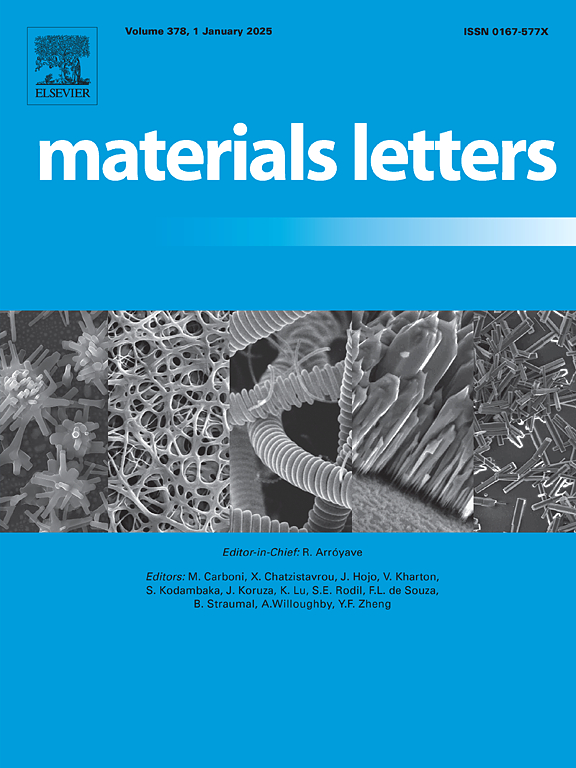Effect of texture shape on the tribological behavior of metal friction pairs under dry sliding conditions: FEM and characterization
IF 2.7
4区 材料科学
Q3 MATERIALS SCIENCE, MULTIDISCIPLINARY
引用次数: 0
Abstract
The surface micro-texturing technology for controlling the topography of friction interface surfaces represents a crucial method for shape regulation. This study investigates the effects of texture shape on tribological performance by texturing square, rhombic, and elliptical micro-textures on the SUS304 surface. Principal component analysis is utilized to decompose the friction coefficient, elucidating the textured surfaces’ friction mechanisms. The results indicate that different texture shapes influence the friction coefficient of the friction pair, the stress distribution at the friction interface, and the wear characteristics. Under lower loads, the rhombic-textured material demonstrates the most effective friction reduction, with an average friction coefficient reduced by 45 % compared to untextured samples, and a minimum wear rate of 1.03 × 10-5 mm3/(N·m).
干滑动条件下织构形状对金属摩擦副摩擦学行为的影响:有限元分析与表征
控制摩擦界面表面形貌的表面微织构技术是一种重要的形状调节方法。通过对SUS304表面的方形、菱形和椭圆形微织构进行织构,研究了织构形状对摩擦学性能的影响。利用主成分分析法对摩擦系数进行分解,阐明了织构表面的摩擦机理。结果表明,不同的织构形状会影响摩擦副的摩擦系数、摩擦界面处的应力分布和磨损特性。在较低的载荷下,菱形织构材料表现出最有效的摩擦减少效果,与未织构材料相比,平均摩擦系数降低了45%,最小磨损率为1.03 × 10-5 mm3/(N·m)。
本文章由计算机程序翻译,如有差异,请以英文原文为准。
求助全文
约1分钟内获得全文
求助全文
来源期刊

Materials Letters
工程技术-材料科学:综合
CiteScore
5.60
自引率
3.30%
发文量
1948
审稿时长
50 days
期刊介绍:
Materials Letters has an open access mirror journal Materials Letters: X, sharing the same aims and scope, editorial team, submission system and rigorous peer review.
Materials Letters is dedicated to publishing novel, cutting edge reports of broad interest to the materials community. The journal provides a forum for materials scientists and engineers, physicists, and chemists to rapidly communicate on the most important topics in the field of materials.
Contributions include, but are not limited to, a variety of topics such as:
• Materials - Metals and alloys, amorphous solids, ceramics, composites, polymers, semiconductors
• Applications - Structural, opto-electronic, magnetic, medical, MEMS, sensors, smart
• Characterization - Analytical, microscopy, scanning probes, nanoscopic, optical, electrical, magnetic, acoustic, spectroscopic, diffraction
• Novel Materials - Micro and nanostructures (nanowires, nanotubes, nanoparticles), nanocomposites, thin films, superlattices, quantum dots.
• Processing - Crystal growth, thin film processing, sol-gel processing, mechanical processing, assembly, nanocrystalline processing.
• Properties - Mechanical, magnetic, optical, electrical, ferroelectric, thermal, interfacial, transport, thermodynamic
• Synthesis - Quenching, solid state, solidification, solution synthesis, vapor deposition, high pressure, explosive
 求助内容:
求助内容: 应助结果提醒方式:
应助结果提醒方式:


